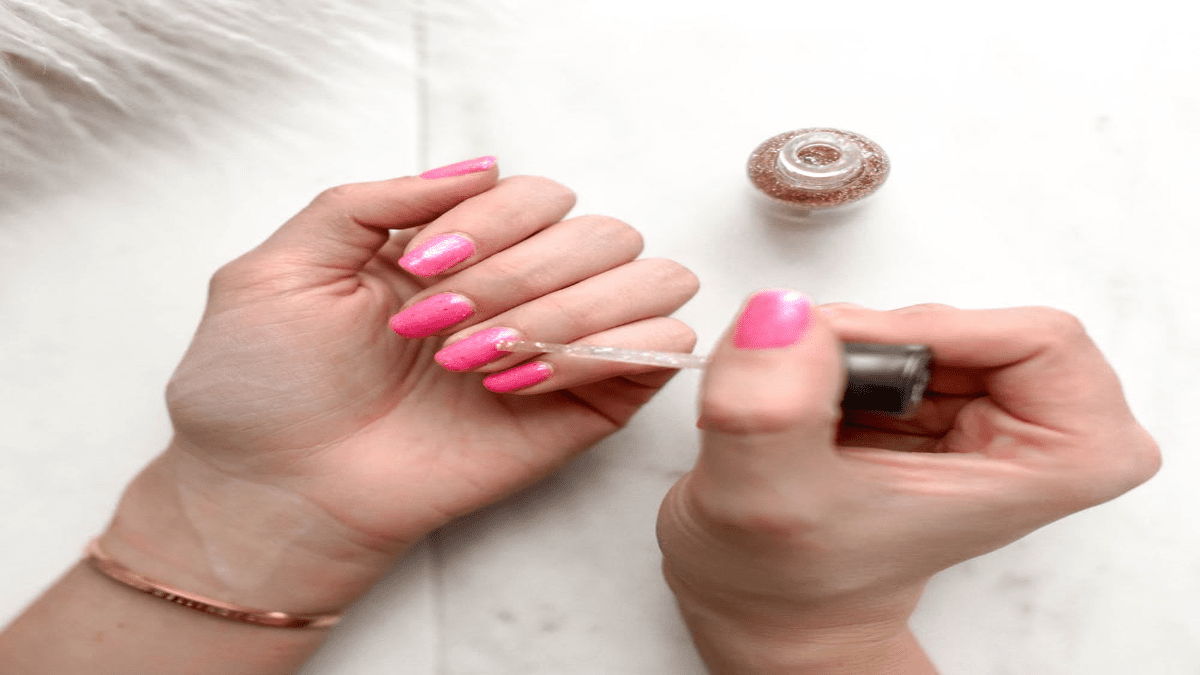In the world of nail care and beauty, the terminology can sometimes be confusing, leading to misconceptions and misunderstandings. One common source of confusion arises from the terms “nail lacquer” and “nail polish.” Are they simply different names for the same product, or do they represent distinct formulations with unique characteristics? Let’s unravel the mystery and explore the similarities and differences between nail lacquers and nail polish.
Understanding Nail Lacquers and Nail Polish:
Before we delve into their differences, it’s essential to understand what nail lacquers and nail polish are and how they’re commonly used in the beauty industry.
Nail Lacquer:
Nail lacquer, often referred to simply as “lacquer,” is a type of nail polish that typically consists of a liquid base mixed with pigments, solvents, film-forming agents, and other additives. It is known for its glossy finish and durable, chip-resistant formula. Nail lacquer is favored by many nail professionals for its ease of application and long-lasting results.
Nail Polish:
Nail polish is a broad term that encompasses various types of nail coatings, including traditional nail lacquers as well as gel polishes, matte finishes, and specialty formulas. While nail lacquer is technically a type of nail polish, the term “nail polish” is often used interchangeably to refer to any product applied to the nails for cosmetic purposes.
Key Differences:
While nail lacquers and nail polish are similar in many respects, there are some key differences that set them apart:
1. Finish: Nail lacquers are typically associated with a glossy, high-shine finish that gives nails a polished and manicured appearance. In contrast, nail polish can encompass a range of finishes, including matte, satin, metallic, and glittery, offering greater versatility in terms of texture and appearance.
2. Formulation: Nail lacquers often contain a combination of solvents, resins, and plasticizers that create a durable, chip-resistant coating. Gel polishes, a type of nail lacquer, typically require curing under a UV or LED lamp for a longer-lasting finish. In contrast, traditional nail polish formulations may vary in terms of drying time, opacity, and durability.
3. Application: While both nail lacquers and nail polish are applied using a brush applicator, the application process may differ slightly depending on the formula. Gel polishes, for example, require curing under a lamp between coats, while traditional nail lacquers air-dry to a hard, glossy finish.
4. Longevity: Nail lacquers are often prized for their longevity and resistance to chipping, making them a popular choice for those seeking a low-maintenance manicure. Gel polishes, in particular, are known for their extended wear time, with some formulations lasting up to two weeks or more without chipping.
In conclusion, while nail lacquers and nail polish are closely related terms that are often used interchangeably, they do represent distinct formulations with unique characteristics. Nail lacquer is a type of nail polish known for its glossy finish, durability, and chip-resistant formula, while nail polish encompasses a broader range of products, including gel polishes, matte finishes, and specialty formulas.
Whether you prefer the classic elegance of a glossy nail lacquer or the versatility of different nail polish finishes, both options offer endless possibilities for expressing your personal style and enhancing the beauty of your nails. So the next time you’re perusing the beauty aisle or booking a nail appointment, remember the subtle differences between nail lacquers and nail polish and choose the option that best suits your preferences and needs.

